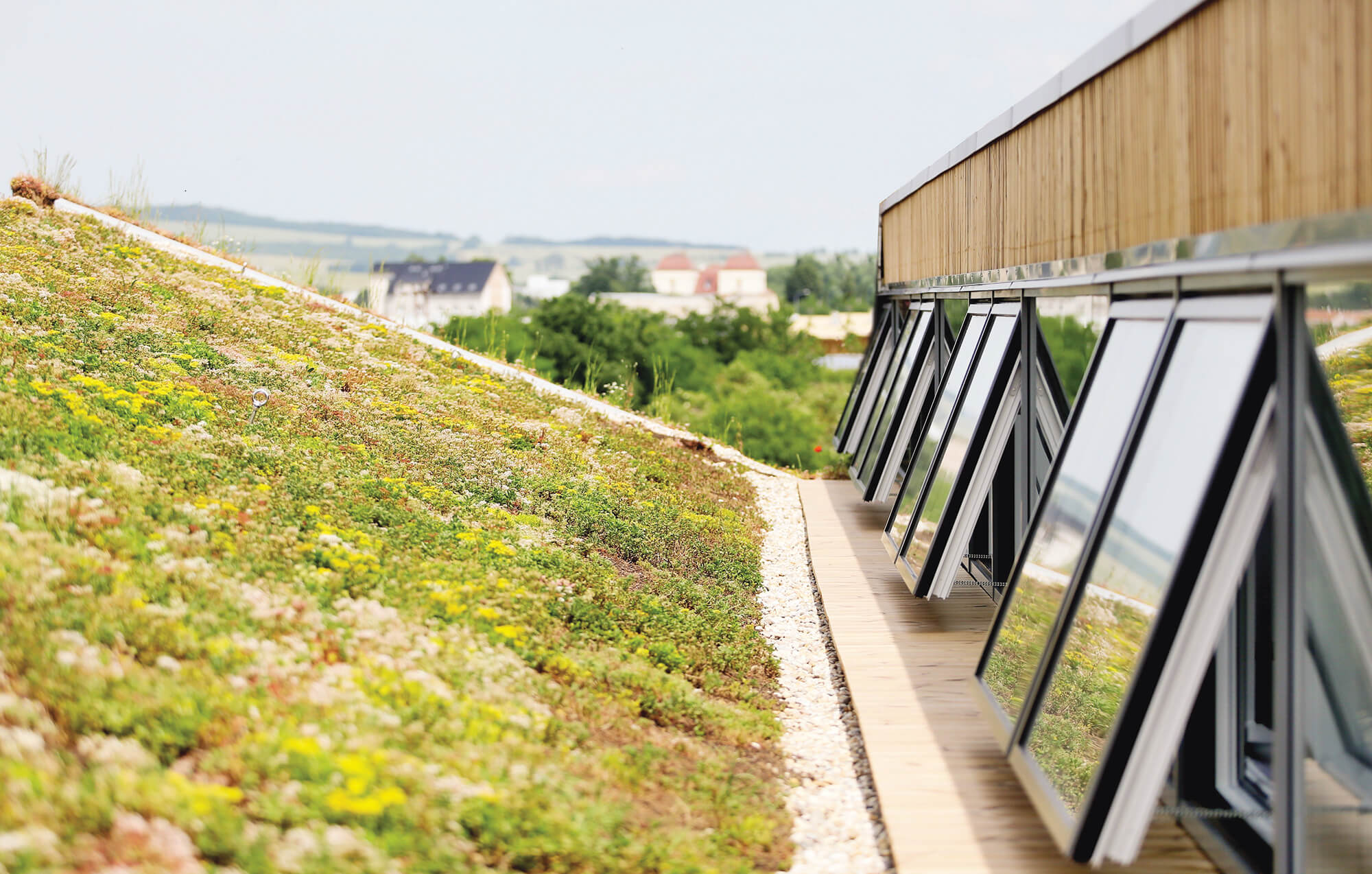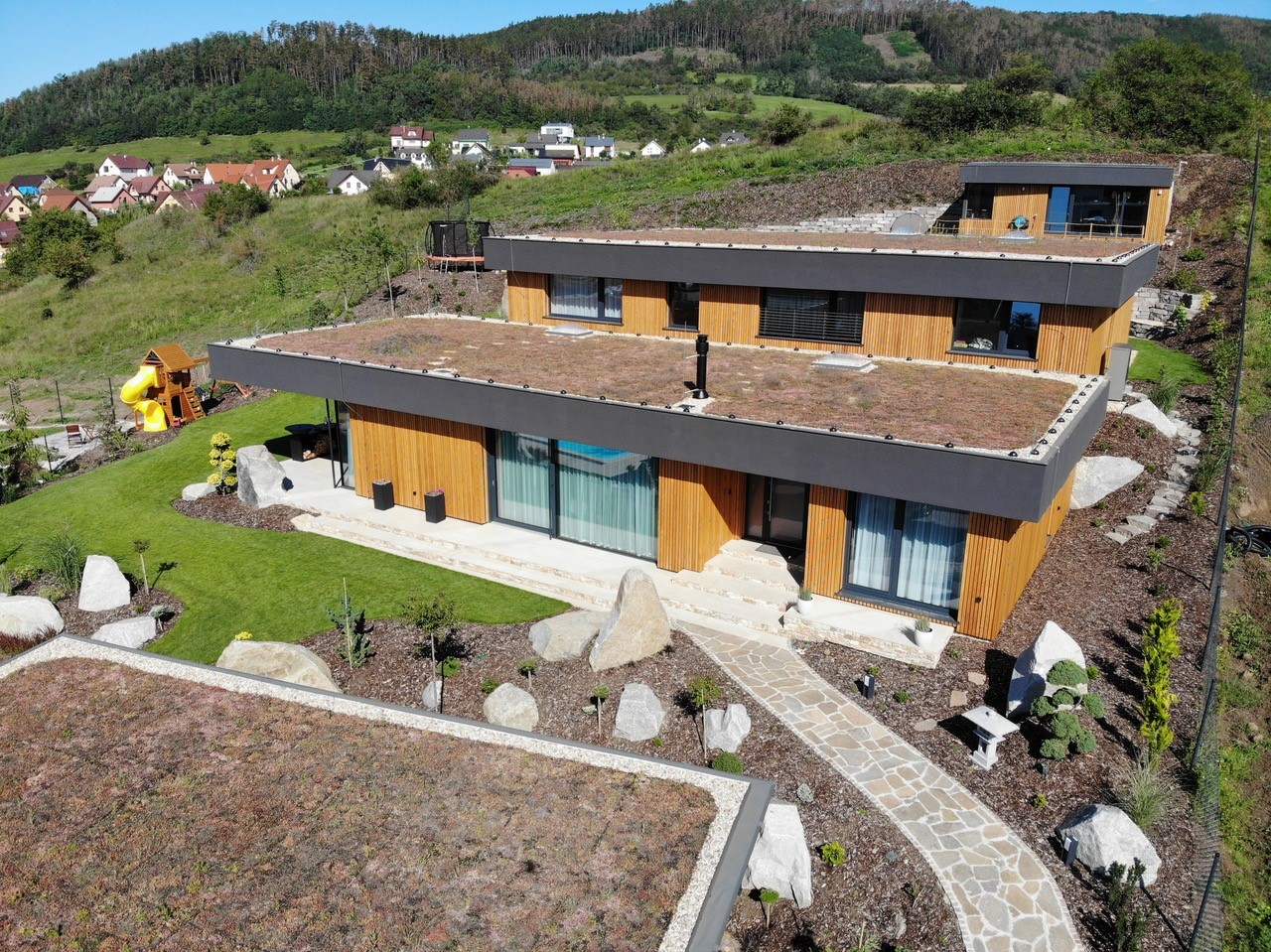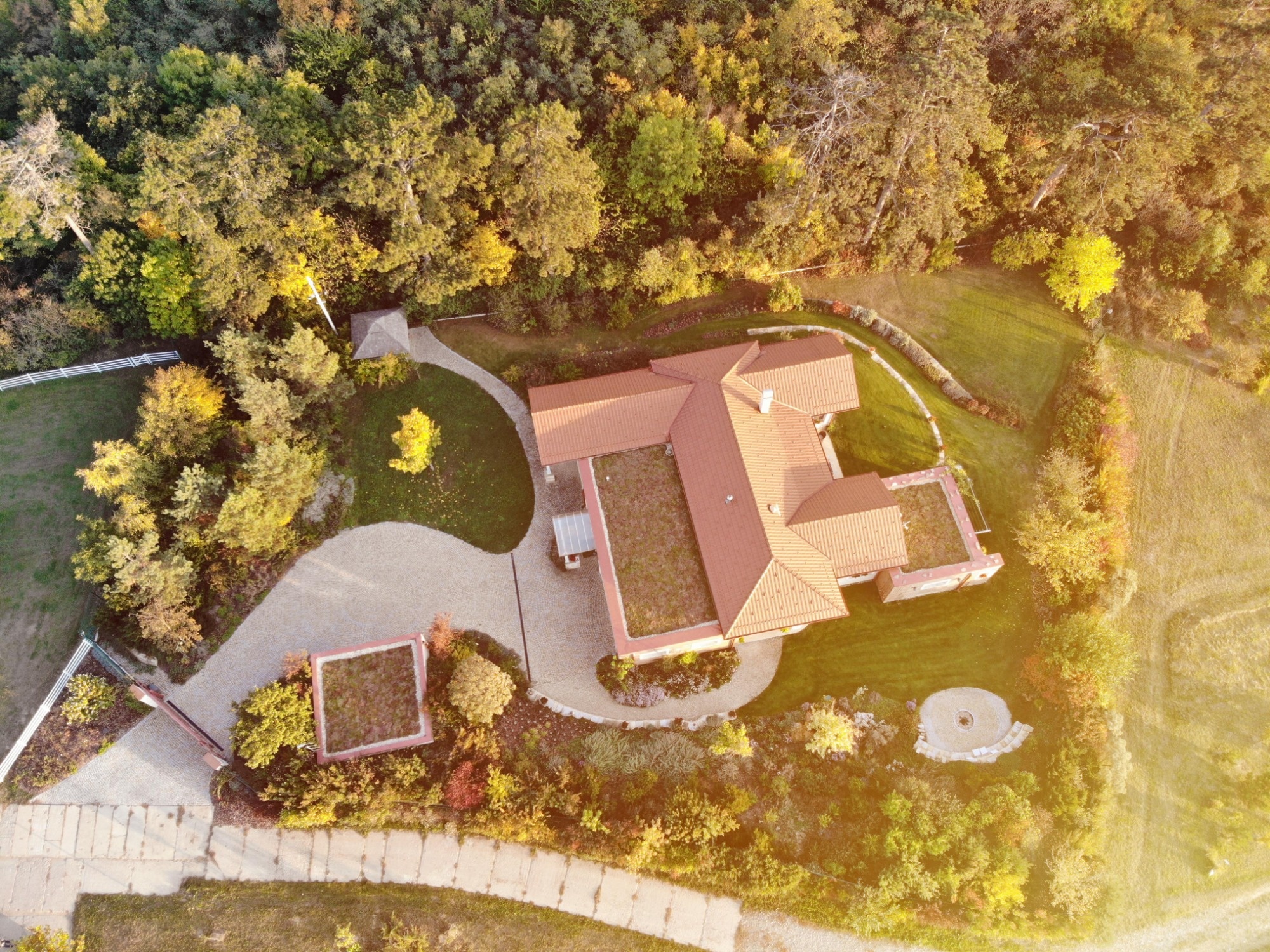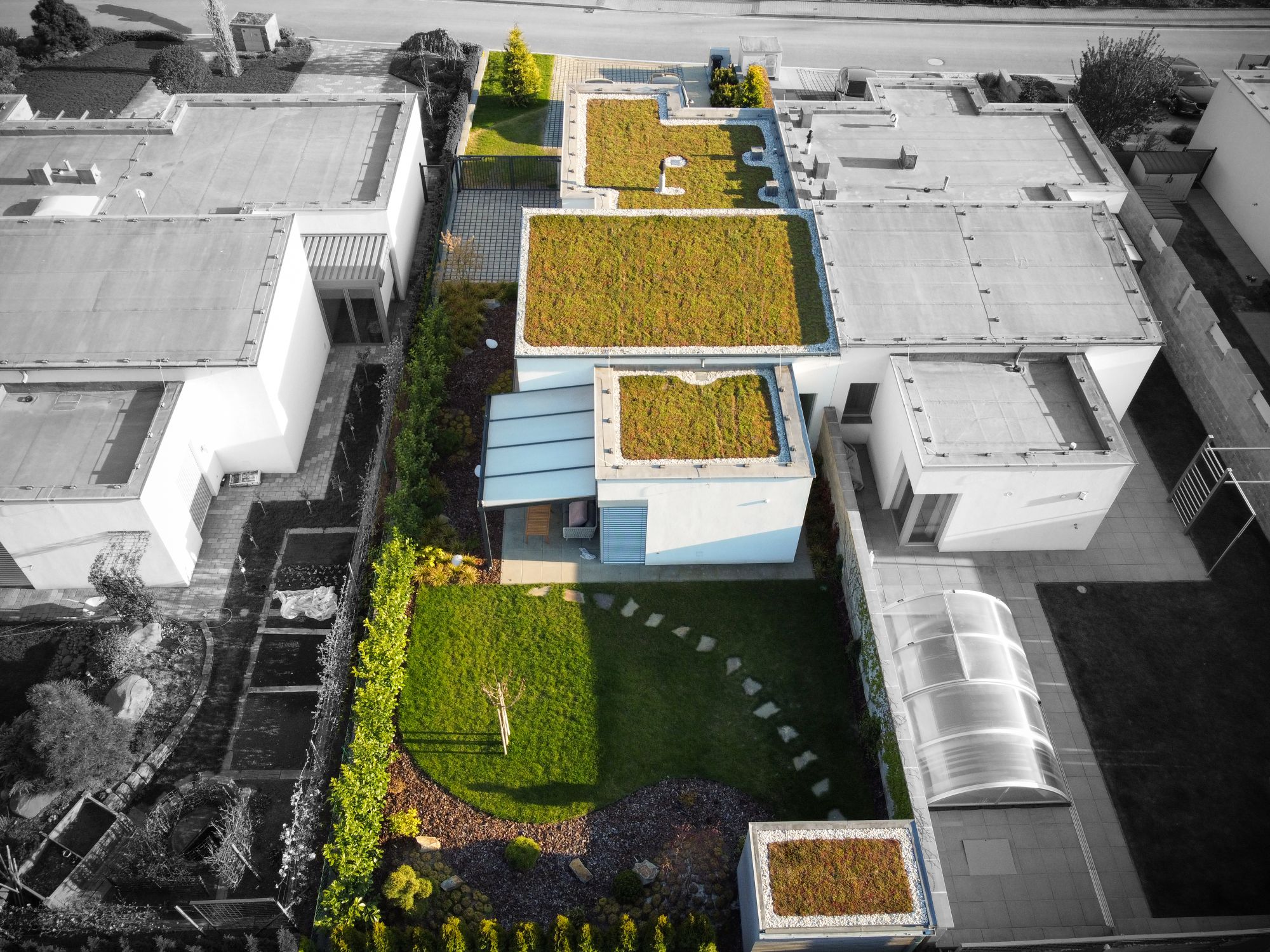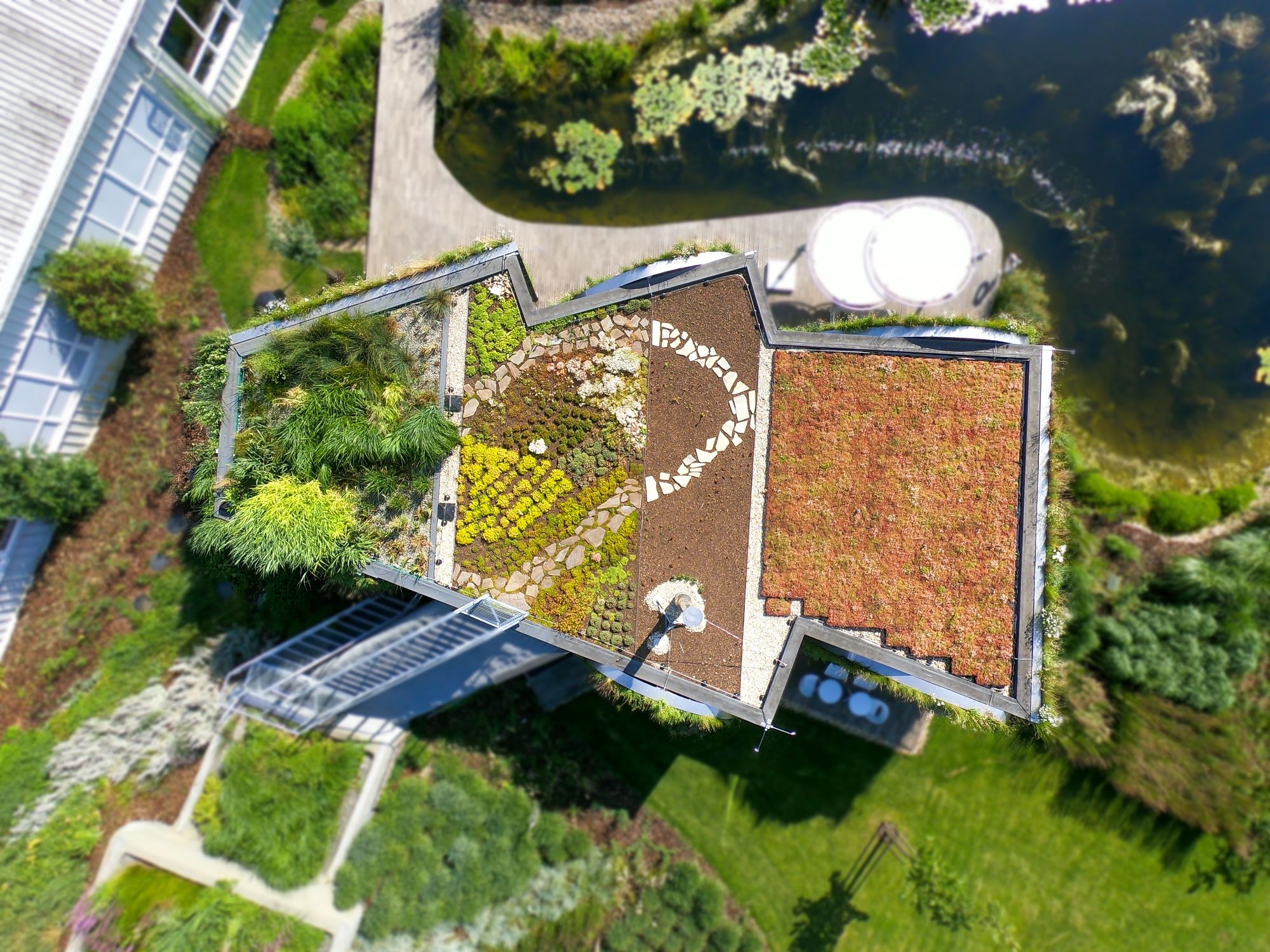Green roofs
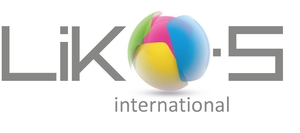
Address
LIKO-S, a.s.Polianky 5
841 01 Bratislava - Dúbravka
IČO: 31 379 702
www.liko-s.sk
Contact person
View profile
Description
Green roofs today are no longer just an aesthetic solution, they are also a solution that can protect the roof structure and save money. Greening of built-up areas is an appropriate response to climate change. Green roof installations should be especially in densely populated areas where greenery is disappearing. They contribute positively to improving urban and village microclimates. Such solutions generally contribute to achieving sustainable architecture.
Economic benefits
Green roofs protect the waterproofing, protect the roof structure from temperature and climatic fluctuations and hail, and thus significantly prolong its life. They also help to keep the temperature inside the building stable and insulate well, saving energy on heating and air conditioning. In addition, they take the strain off the drains as they can capture rainwater.
Environmental benefits
Buildings clad in standard materials act as heat radiators and reflect heat radiation into their surroundings during summer days, increasing the ambient temperature. Green roofs act as natural air conditioners and reduce the temperature in their surroundings thanks to plants that can retain water and cool the roof by evaporation. Compared to a convective roof, the temperature differences are greater than 40 °C in the summer months. Green roofs are also the most suitable substrate for solar panels.
Examples of implementation of the solution in practice
Instead of a "tin box" there is a visionary hall overgrown with dozens of plant species in Slavkov u Brna. The LIKO-Vo living hall is one of many examples that green roofs work. It uses the concept of living buildings based on natural thermal insulation. This is provided by the green roof and façade, a retention pond and other technologies. The hall builds on the previous building on the site, which is the LIKO-Noe® development building. The author of both designs is architect Zdeněk Fránek.

